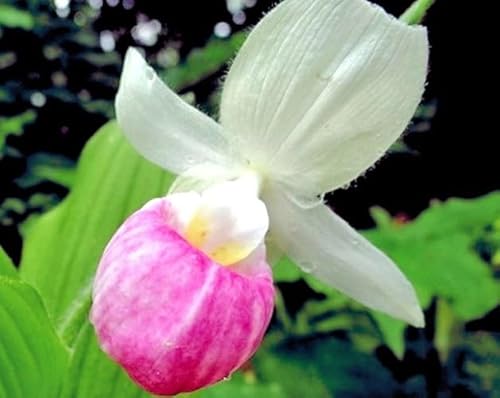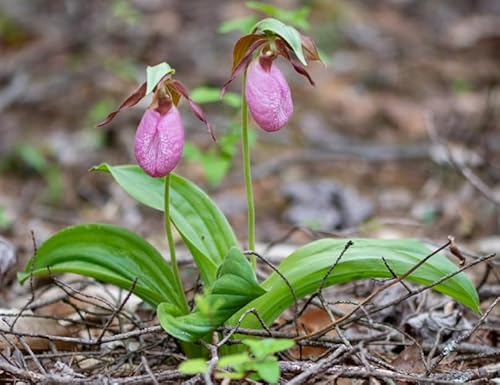Thank you! This is very helpful and I appreciate you breaking this down for me.
So now I’m wondering, given the limited microbial activity of typical orchid media, which is apparently necessary to convert urea into a safe and usable form of nutrition for plants, what is the safe and effective method of applying it to orchids?
So now I’m wondering, given the limited microbial activity of typical orchid media, which is apparently necessary to convert urea into a safe and usable form of nutrition for plants, what is the safe and effective method of applying it to orchids?










































